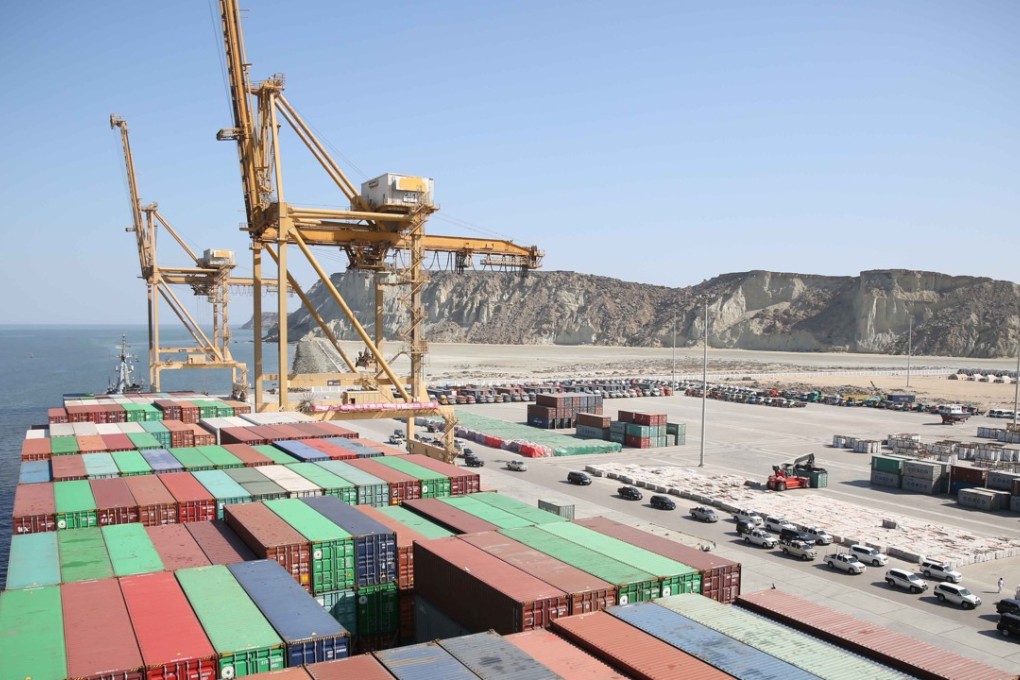To solve China’s Belt and Road financing problem, Hong Kong looks to infrastructure loan-backed securities
Hong Kong Mortgage Corporation to acquire infrastructure loan assets from next year and will not limit itself to Belt and Road projects

The Hong Kong Mortgage Corporation is planning to securitise infrastructure loans and channel funds into China’s Belt and Road Initiative, the chief of the city’s de facto central bank has said.
A lack of structured, bankable infrastructure projects has created a huge gap between the financing needs of emerging markets and the “trillions” of dollars in capital looking for investment opportunities, Norman Chan Tak-lam, chief executive of the Hong Kong Monetary Authority, told the Belt and Road Initiative: Infrastructure Financing Forum in Hong Kong on Monday.
CLSA to follow China’s lead and expand in belt and road areas
“The HKMC is going to take the first step in pursuing the securitisation of infrastructure loans, in order to facilitate a more efficient flow of capital into infrastructure projects,” he said.
The corporation said it would start acquiring infrastructure loan assets next year and would explore securitising the assets when its portfolio was diverse enough. It will also not limit itself to Belt and Road projects.
Put forward five years ago, President Xi Jinping’s Belt and Road Initiative aims to create modern-day Silk Road trading routes across Eurasia and Africa by building railways, roads and ports. It has, however, so far relied on state financing, which has raised concerns about its sustainability and political impact.